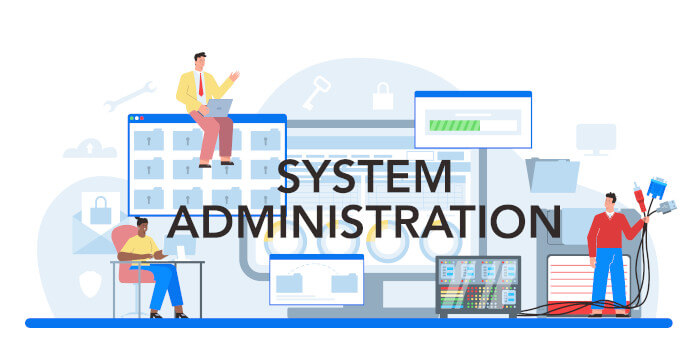Last Updated on May 28, 2022
This is the latest in our series of articles highlighting essential system tools. These are small, indispensable utilities, useful for system administrators as well as regular users of Linux based systems. The series examines both graphical and text based open source utilities. For this article, we’ll look at QJournalctl, a Qt-based Graphical User Interface for systemd’s journalctl command. For details of all tools in this series, please check the table at the summary page of this article.
For many years system and kernel logs were handled by a utility called syslogd. Most Linux-based operating systems have since moved to systemd, which has a journal. It’s a giant log file for the whole system. Various software and services write their log entries into systemd’s journalctl. To view the output, there’s the command-line journalctl utility.
journalctl is a systemd utility. If your system doesn’t use systemd, you’ll have little interest in this utility. But given most popular Linux distros have adopted systemd, it’s likely you’ll need journalctl at one stage or another. It’s common sense to understand the system you’re running, and this utility will help you in this process.
journalctl is used for querying and displaying messages from the journal. Since the journal comprises of one or more binary files, journalctl is the standard way to read messages from it. journalctl was included in our Essential System Tools feature. But we’ve received so many people asking for a GUI tool that lets you access systemd’s journal. So it’s only right to include QJournalctl, a Qt-based graphical user interface which displays the journal and lets the user change the parameters to check the log quickly for specific reports or errors.
Installation
QJournalctl is released under an open source license, and so you can clone the project’s GitHub repository, and compile the source code.
While the developer doesn’t support any packages for distributions, you’ll find this software in the repositories of many popular Linux distributions.
Next page: Page 2 – In Operation
Pages in this article:
Page 1 – Introduction / Installation
Page 2 – In Operation
Page 3 – Other Features
Page 4 – Summary

I always appreciate in your reviews that you try out the software and display relevant screenshots which can be critical in deciding the usefulness of some software item.
I would have thought that in the listing of all messages (and yes you pointed out that you can filter by log level) that critical messages should be in bright red, alerts in yellow etc in order to draw attention to them. And sometimes in tracking critical/alerts priority warnings it is useful to see the lower priority messages before them because they can be a clue as to why the serious incident occurred.